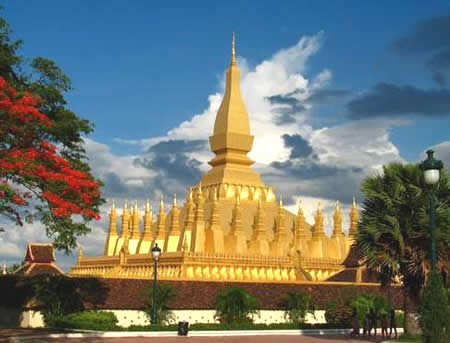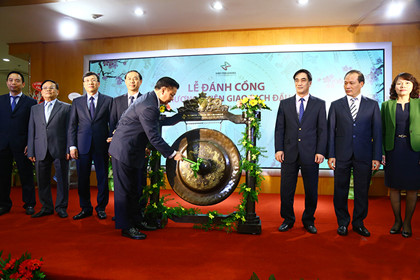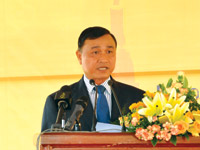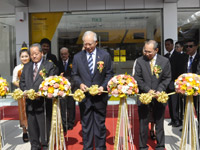World Bank urges Laos to curb credit growth
World Bank urges Laos to curb credit growth
The World Bank has urged the Bank of the Lao PDR to curb credit growth, saying its increase is putting strong pressure on the management of foreign reserves.

“Credit growth remains high and puts a pressure on falling reserves,” the bank says as quoted in its East Asia and Economic Update released last week.
According to the World Bank in Laos, credit growth has picked up from 33 percent year on year in June 2011 to 47 percent year on year in June 2012, driven by credit to private sector and state-owned enterprises.
Buoyant growth in the construction, manufacturing and service sectors is driving private sector credit. Central Bank disbursements to local infrastructure projects have moderated compared to the peak in 2009 while continuing only on the basis of previous commitments, the bank highlights in the report.
The World Bank also says that continued strong domestic demand is putting pressure on external reserves, which are reaching a critical low, raising concerns over the country's capacity to absorb any adverse external shock.
The overall balance of payment is expected to remain in a deficit of 0.7 percent of GDP at the end of 2012 as a result of continued demand for imports.
The expected gains from investments in both the resource and non-resource sectors are to be offset by the deterioration of the current account deficit to 16.3 percent of GDP due to growing imports and higher net income payment from the resource sector.
As a result, foreign reserves are expected to fall by about 9 percent year on year, reaching a critical low level of US$620 million in December, or 2.5 months of non resource imports. Slowing down internal demand through fiscal and credit tightening would be essential.
The Bank of the Lao PDR has consistently pursued a managed floating exchange rate regime as the main instrument to maintain exchange rate stability.
The Lao kip has appreciated marginally by 0.3 percent against the US dollar from January to October 2012, while depreciating against the Thai baht by 2.8 percent in the same period because of the appreciation of the baht against the US dollar.
Exchange rate interventions, including the recent removal of the foreign currency exchange cap, also contribute to the pressure on reserves. The real effective exchange rate has continued to appreciate both in nominal terms and, to a greater extent, in real terms.
The International Monetary Fund has also urged the Bank of the Lao PDR to order commercial banks to increase their reserve requirements in the last few months as a measure to curb credit growth. But the Central Bank has said this is not the right time to make changes in monetary policy.
vientiane times
















